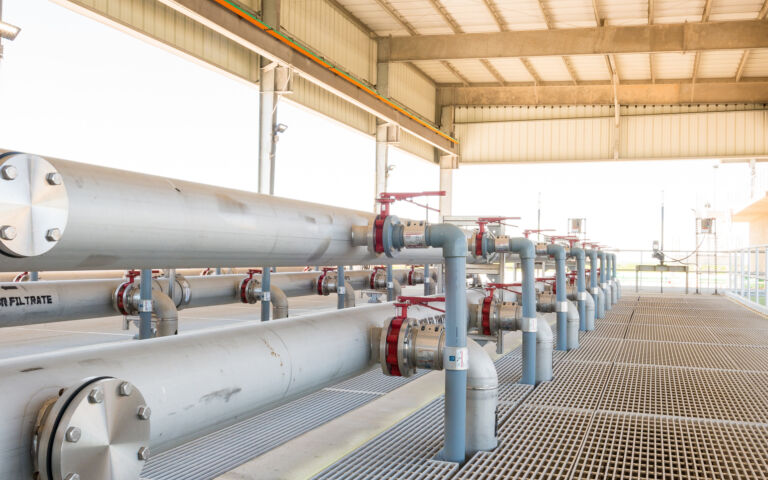Under the microscope − micropollutants in wastewater

Simon Judd has over 35 years’ post-doctorate experience in all aspects of water and wastewater treatment technology, both in academic and industrial R&D. He has (co-)authored six book titles and over 200 peer-reviewed publications in water and wastewater treatment.
Anyone working in wastewater cannot have failed to have noticed the increasing attention being paid to micropollutants. These are substances capable, we are assured, of wreaking havoc on the environment with potentially significant risk to human health. Species of concern include everything from widely recognised endocrine disrupting compounds, such as estrogens, to polyaromatic hydrocarbons, pharmaceuticals and even metals.
Such substances are removed to high efficiency at reasonable concentrations (of, say, a few mg/L). The problem arises when they are deemed hazardous even, in some cases, at concentrations below 1 µg/L. Moreover, they are not necessarily that biodegradable − and in the case of metals, not at all so. Thus both biology and the laws of equilibrium thermodynamics conspire to work against us in removing these compounds.
So, does this further the cause of MBRs? Apparently not. They offer some improvement in removal over conventional ASPs, but not enough to justify the investment. Indeed, it is a complete quandary as to how some of these species, and in particular soluble metals such as nickel, copper and zinc, can be removed.
The one fail-safe process capable of doing so is reverse osmosis − already in use for municipal wastewater recovery and water reuse in some parts of the world. Indeed, MBR−RO systems offer a very effective means of conserving freshwater at less than half the energy demand of a conventional seawater desalination plant. However, they do not destroy the recalcitrant micropollutants, but simply concentrate into the waste stream which still has to be managed. Then there’s the small matter of that energy demand: less than half the energy of desalination is double or treble that of conventional sewage treatment.
So, it appears that we can either destroy the flora and fauna by continuing to discharge micropollutants into the environment, or we can fit advanced wastewater treatment technology and destroy the planet through excessive carbon emissions.
Always good to have a choice.








